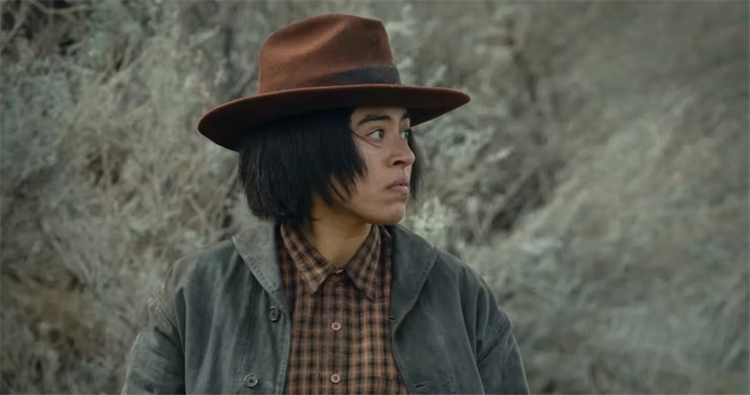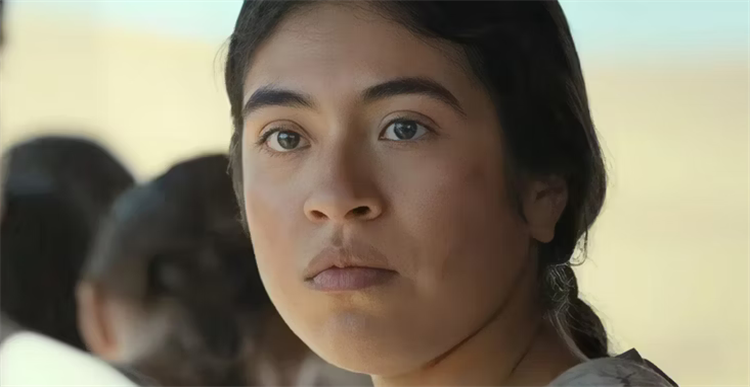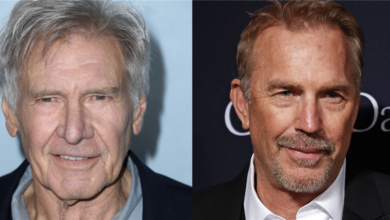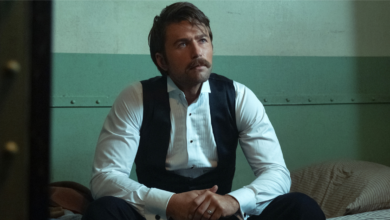Yellowstone’s Prequel Series 1923 Is Based On Real And Truly Dark Stories In American History
While much of Taylor Sheridan's 1923 is fictional, elements of truth exist and they are downright disturbing.

Striving for authenticity is something that’s clearly been important to showrunner Taylor Sheridan when it comes to Yellowstone and all its spin-offs. It’s one of the reasons why so many A-list stars have been attracted to it, not to mention the millions of audience members.

But just because Yellowstone, 1883, and 1923 display some truly relatable situations and relationships (including the one between Julia Schlaepfer’s Alex and Brandan Sklenar’s Spencer) doesn’t mean that any of it is based on fact.
The truth is, the world of Yellowstone is not based on fact. But it does contain a number of historical accuracies including one that’s deeply disturbing…
Is 1923 Based On A Real Story?
The short answer to the question of whether or not Taylor Sheridan’s Yellowstone prequel series is actually based on a true story is no. The longer answer is… sort of.
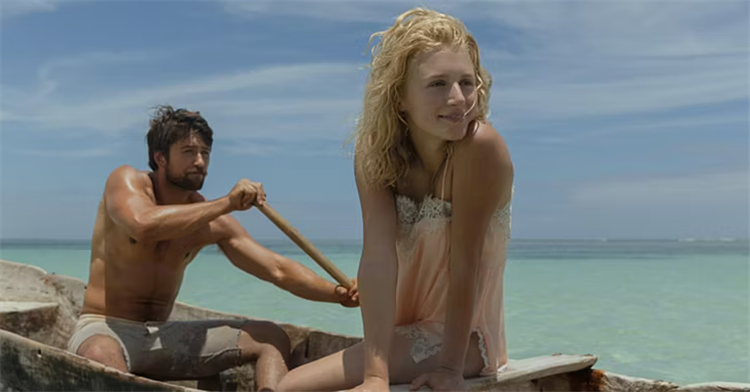
For example, the period in which the spin-off series takes place has many historical accuracies. This includes how prohibition and The Great Depression impacted the state of Montana.
The latter was extremely prominent in Montana, as the Depression impacted the state nearly a decade before the rest of the country. This is something explored in the show as farmers (naturally) were among the hardest hit by the economic turmoil.
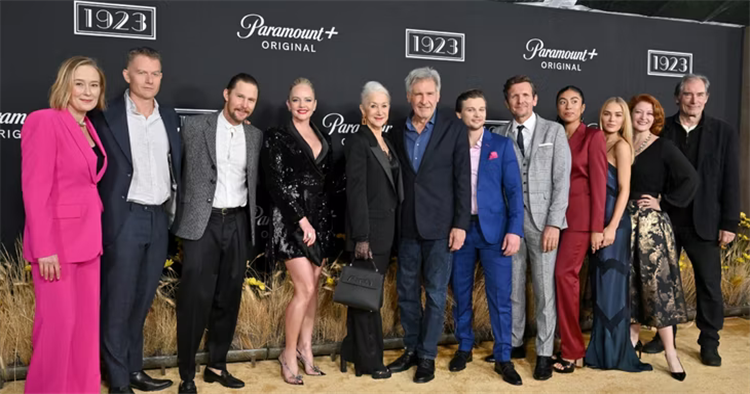
“The pressures on Jacob Dutton at this point are considerable,” Harrison Ford explained to UPROXX of how the writers used the real events to impact his character’s arc in the first season.
“The economic pressures. Banks are not loaning to cattle ranchers, having suffered losses. The business has not become as efficient as it needs to be just to generate consistent profits. The railhead is not close enough, so cattle still have to be driven. They lose weight, and they suffer casualties on the way to the market.”
There’s also the drought that hit the state in 1923, which resulted in a plague of locusts and cattle disease, according to HorseyHooves. As for the characters on the show, none of them are based on real people.
Additionally, the aftereffects of the First World War are also prevalent in the series and very true to life. This is most notable in the character arc of Brandan Sklenar’s Spencer.

On top of all of this, there’s the transition into modernity…
“There are a lot of things coming that are unknown,” Harrison Ford explained to UPROXX of the time period that 1923 takes place in.
“There’s electrification. There’s cars in the street instead of horses. Jacob Dutton looks around and he’s seeing the threat to his way of life, to the simplicity. He’s challenged by all of it. All of it becomes his responsibility to extend the opportunities he’s had to his family for generations to come. You want that ranch, you got to keep that ranch in the family. You got to hold onto it, and there’s a lot of pressure on it.”
How Historically Accurate Are The Boarding Schools In 1923?
One of the most uncomfortable truths that Taylor Sheridan’s 1923 delves into are how Native Americans were treated during the period. He explores this in current times on Yellowstone, but back in 1923, the treatment of Native Americans was even more outright and insidious. This is why Aminah Nieves was tentative about taking the role of Teonna Rainwater.
